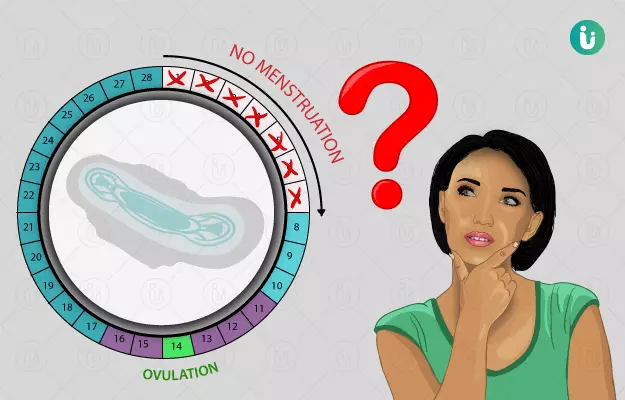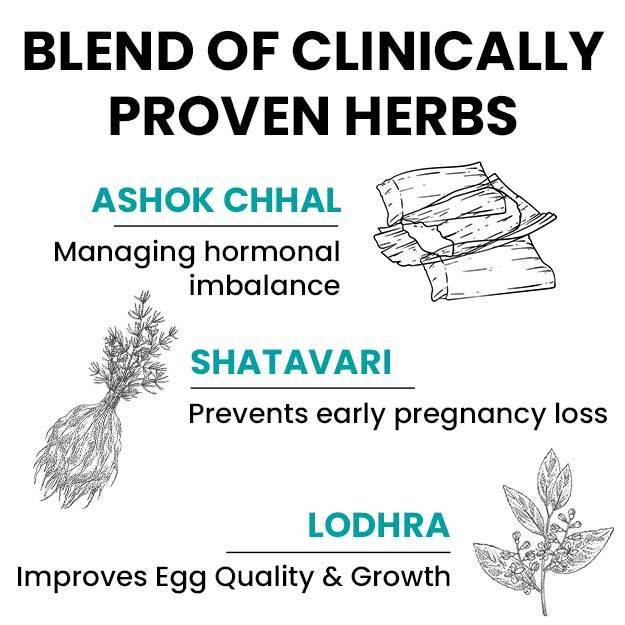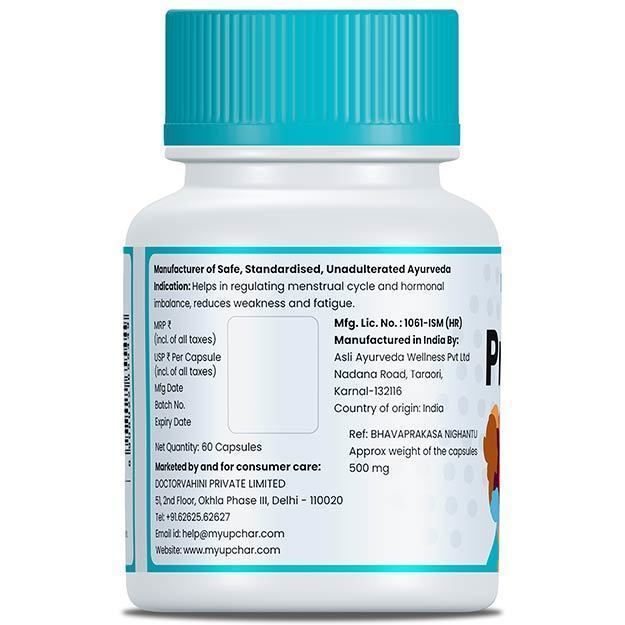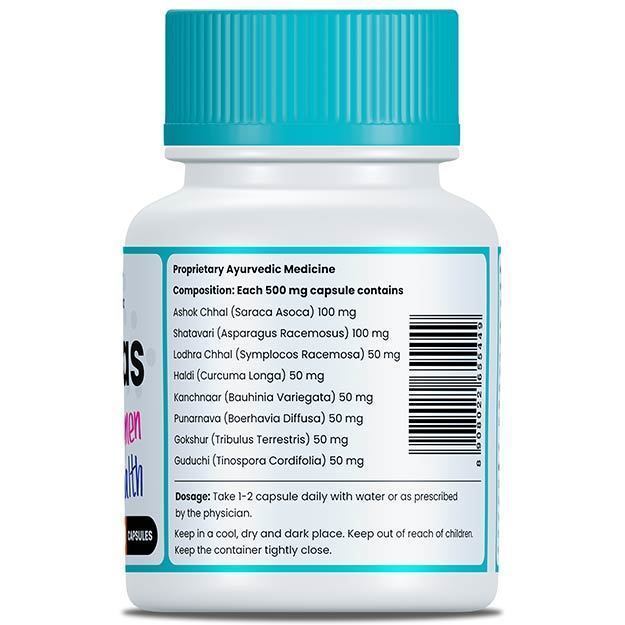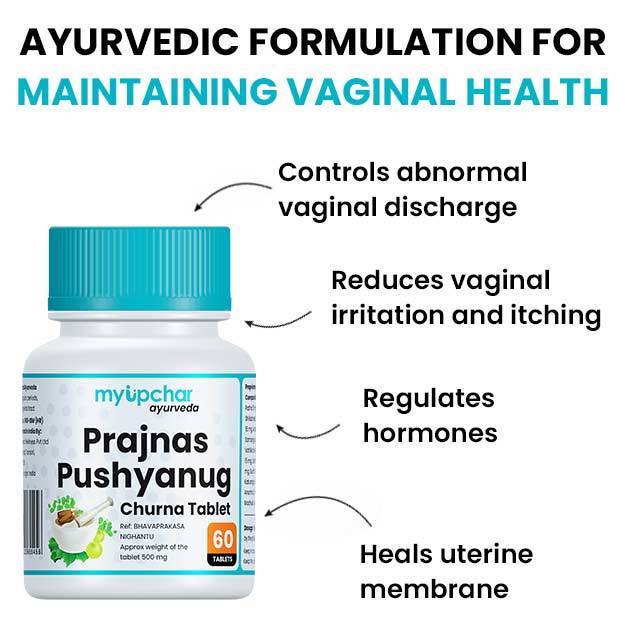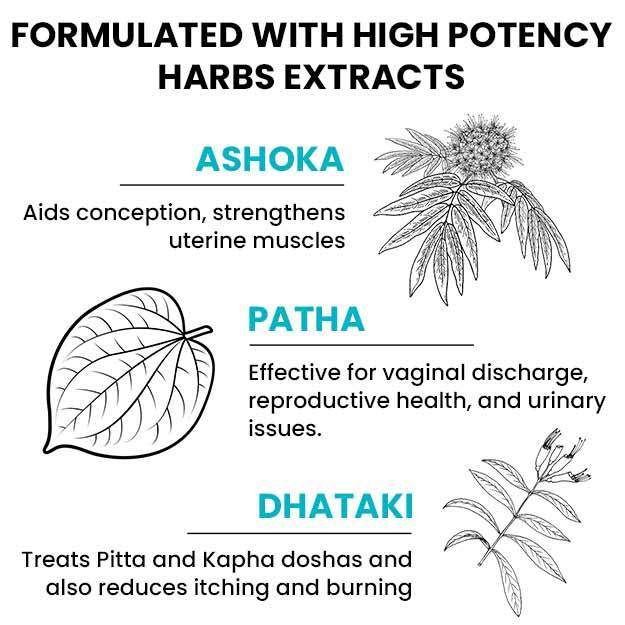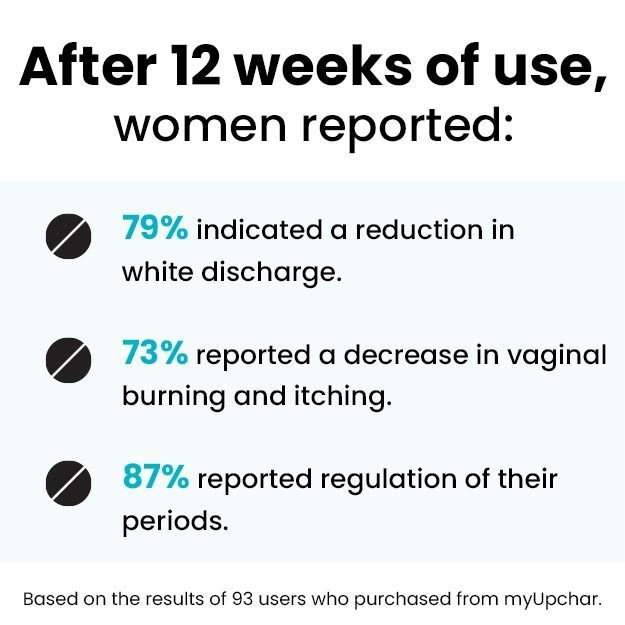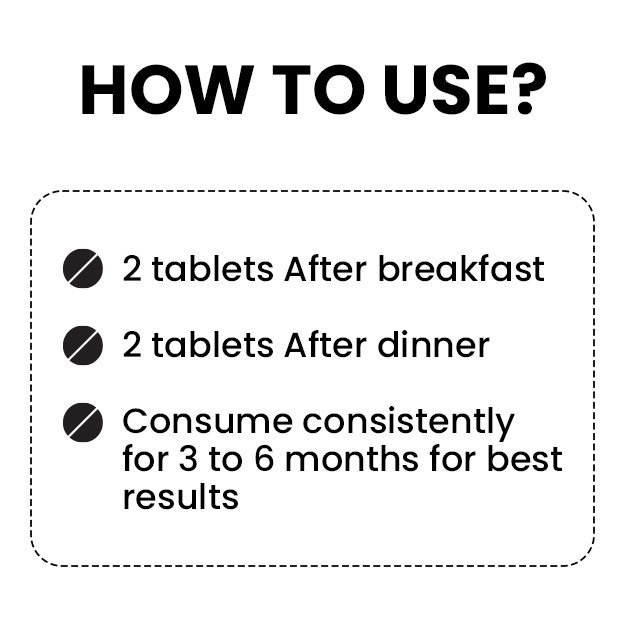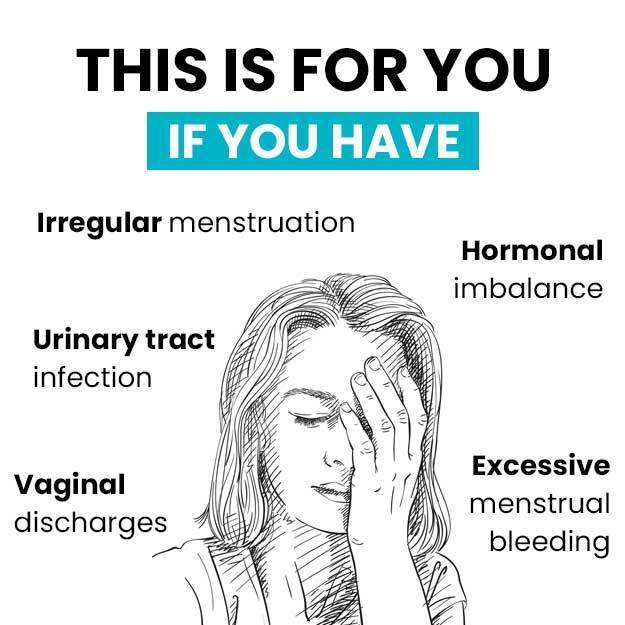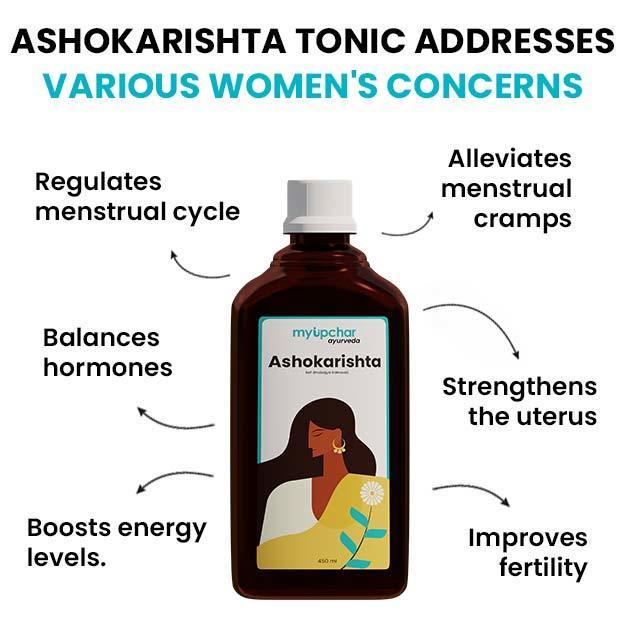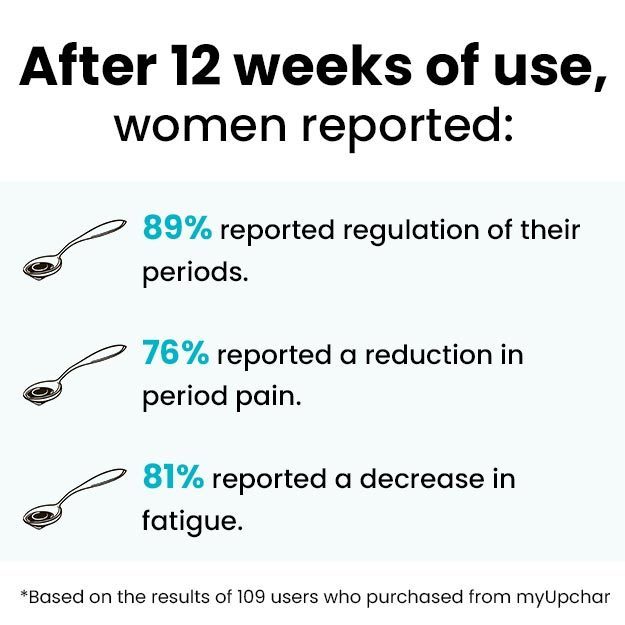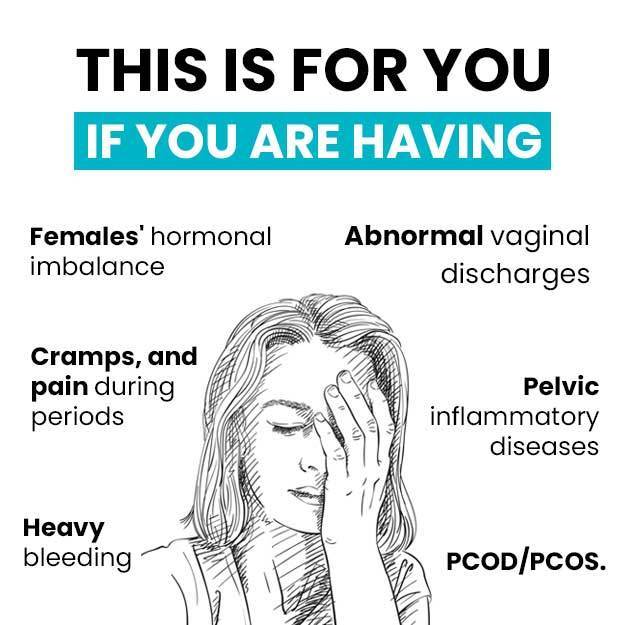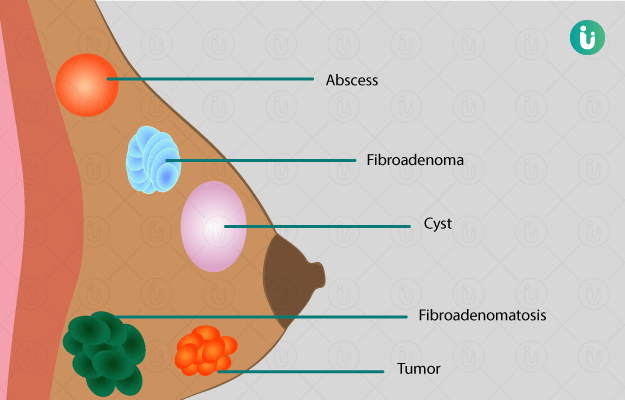Summary
The menstrual cycle is a series of events, which occur each month during the reproductive age of a woman. It starts from puberty (12-14 years of age) and ends by around 45-50 years of age. If for any reason, menses don’t start at the time of puberty or stop completely before the termination age (menopause), the condition is termed amenorrhoea. Amenorrhoea can occur due to genetic or acquired causes like scar formation, the absence of a uterus or vagina, metabolic disorders, hormonal imbalance and more. Prevention might be possible for acquired conditions like Cushing’s syndrome and diabetes. Diagnosis consists of a physical examination, lab tests for hormone levels, endoscopy of the uterus, ultrasound and other imaging tests. Treatment consists of curing the underlying condition and might be difficult in the case of genetic disorders. Hormone replacement therapy is the mainstay of treatment in most cases. The outcome is good in most cases where the cause is not genetic.
(Read more: Light periods causes)
- What is amenorrhea
- Types of amenorrhea
- Amenorrhea symptoms
- Amenorrhea causes and risk factors
- Prevention of amenorrhea
- Diagnosis of amenorrhea
- Amenorrhea treatment
- Amenorrea prognosis and complications
What is amenorrhea
Amenorrhoea is the absence or abnormal cessation of the menstrual cycle. It is of two types:
- Primary - Menstrual periods either don’t start at puberty
- Secondary - Periods stop before a woman reaches menopause (cessation of menstrual cycle at about 45-50 years of age).
Types of amenorrhea
Amenorrhoea is classified based on the causes. It can be of two types:
- Primary Amenorrhoea
Failure of menses to start by 16 years of age is termed as primary amenorrhoea. It is mainly caused by chromosomal or genetic abnormalities, endocrine disturbances (abnormalities in hormone-producing glands or hormones) or anatomical defects of the female reproductive organs like the uterus or vagina. - Secondary Amenorrhoea
Secondary amenorrhea is described as a condition in which a female misses one or more menstrual periods in a row after having regular periods earlier or does not have menstrual periods for 6 months after normal menstruation. It can occur due to various reasons like polycystic ovarian syndrome (PCOS), post-pregnancy complications, use of certain contraceptive methods like contraceptive pills and contraceptive devices. PCOS is an increasingly common condition found in women where there is a presence of fluid-filled tiny cysts in the ovaries leading to hormonal imbalances and increasing the risk of infertility. (Read more: Irregular periods causes)
Amenorrhea symptoms
Amenorrhoea is the absence of menses. It might be associated with other symptoms such as:
- Emotional disturbances, anxiety and irritability
- Vaginal infections.
- An urgency of micturition (urgency to urinate).
- Dyspareunia (painful sexual intercourse).
- Lack of development of secondary sexual characteristics like breasts and pubic hair.
Other reported symptoms associated with amenorrhoea are milky discharge from the nipples, excessive body hair growth, skin disorders like acne, voice pitch changes among others. Some women may not even show any symptoms at all.
Amenorrhea causes and risk factors
Causes
The causes of primary as well as secondary amenorrhoea are varied.
Primary amenorrhoea may occur due to:
- Chromosomal or genetic abnormalities
Turner’s syndrome is a leading genetic cause of amenorrhoea. Other abnormalities like androgen insensitivity syndrome, which is characterised by high testosterone levels, also cause amenorrhoea. - Endocrinal abnormalities
Structural or functional abnormalities of the hypothalamus or pituitary gland (glands present in the brain which play a critical role in releasing hormones, regulating body growth, temperature and sleep cycle, and managing sexual and emotional responses) itself can lead to disturbed hormone levels, which result in abnormal menstrual cycle leading to amenorrhoea. - Structural or developmental defects
Physical abnormalities such as endometrial hypoplasia (incomplete or less growth of the uterine tissues) or vaginal agenesis (lack of development of the vagina) also lead to amenorrhoea.
Some causes of secondary amenorrhoea are:
- Physiological
Conditions in which menses stop as a natural phenomenon, such as pregnancy, menopause, and breastfeeding. - Hypogonadotropic Hypogonadism
These are conditions where there is low production of the gonadotropic releasing hormone (GnRH) due to problems in the pituitary gland or hypothalamus. Causes of this condition can be - Kallmann’s syndrome (a genetic condition in which there is a delay in or absence of puberty along with a poor sense of smell due to lack of certain hormones), anorexia, stress, excessive physical exercise, Cushing’s syndrome (a syndrome characterized by excessive release of steroid hormones), thyroid gland disorders, systemic illnesses (asthma, renal failure, cystic fibrosis, and more). - Uterine dysfunction
Ashermann’s syndrome (a condition where there is a formation of scar tissue and fibrous adhesions within the uterus). - Ovarian dysfunction
Hypogonadotropic hypogonadism, a condition where an excess of gonadotropin hormone production leads to hormonal imbalances. Follicle-stimulating hormone and luteinizing hormone are examples of gonadotropins that stimulate the ovaries. This may occur due to chemotherapy or radiotherapy of the gonads, trauma or surgery, and conditions like mumps, tuberculosis, apart from other causes. - Polycystic Ovarian Syndrome (PCOS)
PCOS is another important cause in teenage girls and young women. - Other factors like prolonged use of contraceptive pills, IUD’s, and antidepressants can also cause amenorrhea.
Risk factors
The risk factors associated with amenorrhoea are:
- Obesity
- Faulty eating habits
- Excessive exercise
- A family history of amenorrhoea
Prevention of amenorrhea
Amenorrhoea is a symptom that indicates an underlying condition. So, preventing the underlying cause is important to regularise the menstrual cycle. Genetic causes cannot be prevented. The following steps can be taken to prevent acquired conditions:
- Avoid long-term use of contraceptives and keep changing the method of contraception after consulting your doctor or gynaecologist.
- Maintain a stable weight for your age and height.
- Eat healthy food and avoid erratic food habits.
Diagnosis of amenorrhea
Diagnosis of amenorrhea involves the following:
- The first diagnostic tool for amenorrhea is the history of the menstrual cycle (frequency, when it last occurred, the amount of blood flow among other symptoms). Physical and pelvic examination is also performed by the gynaecologist.
- The second step in diagnosing amenorrhea involves blood tests to evaluate the levels of human chorionic gonadotrophin hormone (hCG) in the body of the patient and determine whether she is pregnant. (Read more: Beta HCG test)
- Hormonal levels in the blood are estimated for ruling out or confirming hormonal imbalance as the cause. An increase in Luteinizing hormone (LH) or Follicle Stimulating Hormone (FSH) and a low level of oestradiol suggest primary ovarian insufficiency.
- Mosaic turner’s syndrome causes autoimmune ovarian failure. Hence, a blood test to determine the karyotype i.e., to look for any abnormality in the chromosomes (structures that carry genetic information in the cells) is the gold standard for diagnosing this syndrome. Besides this, anti-ovarian antibodies also show a positive test result in such women. (Read more: Karyotype test)
- Elevated levels of LH, prolactin, and testosterone and normal oestradiol levels indicate PCOS.
- Low levels of FSH, oestradiol and LH suggest a disorder of the pituitary or hypothalamus gland.
- Tests to determine thyroid hormone levels- T3 test, T4 test and TSH test are also performed.
- USG (ultrasonography) of the pelvic region (uterus and other reproductive organs in focus) is performed to observe any structural abnormality.
- Rarely, hysteroscopy is performed in which a thin, lighted camera is passed through the patient's vagina into her uterus to rule out any tumours or abnormal growth.
- A CT scan or MRI scan of the brain might be performed to look for tumours of the pituitary gland in the case of hormonal imbalances. (Read more: Brain MRI)
- To assess the bone mineral density, a dual-energy X-ray absorptiometry (DEXA) scan is performed in women with low androgen or oestrogen levels to look for osteoporosis as a complication.
Amenorrhea treatment
Treating the underlying cause is the first choice to cure amenorrhoea. These include:
- Women with functional amenorrhoea where excessive exercise and low weight are the causes, the advice is to cut down on the amount of exercise and put on healthy weight.
- In the case of structural pituitary and hypothalamic disease, surgery is mostly indicated. If there is an associated cancerous lesion, then surgical excision followed by radiotherapy or chemotherapy is recommended.
- In women with low levels of oestrogen, oestrogen replacement therapy is used to treat amenorrhoea. This also helps prevent and treat osteoporosis. Oestrogen is given with progesterone so that any complications (like endometrial cancer associated with administering oestrogen only) is avoided.
- In premenopausal females, the treatment is cyclic hormone replacement therapy (given mostly orally) on days 1-21 of the menstrual cycle and progesterone on days 14-21.
- Counselling session to reduce stress are advised. Maintenance of healthy body weight and a balanced diet is a must.
- In the case of PCOS, exercise to maintain a healthy weight, healthy diet, metformin or other anti-diabetic medicines are the first line of treatment followed by anti-androgen therapy which involves medications like androgen receptor antagonists and 5α-reductase inhibitors. Statin to lower blood cholesterol and hormonal therapy to correct the imbalance are also used depending on the case. Calcium and vitamin D supplements are administered in the case of osteoporosis.
- Oestrogen replacement therapy and contraceptive pills are given to restart the menstrual cycle in the case of secondary amenorrhoea.
Lifestyle management
Simple lifestyle changes can help treat secondary amenorrhoea. They are:
- Avoid heavy exercises and eat a balanced diet.
- Manage stress better with yoga and meditation.
- Avoid smoking and drinking.
- Keep a record of the menstrual cycle.
- Regular gynaecological check-ups.
Amenorrea prognosis and complications
Prognosis
The outcome of amenorrhea is varied. In the case of primary amenorrhea, it is poor as the underlying causes are difficult to treat (especially genetic defects). In the case of secondary amenorrhea, the outcomes are good. Various medical advances for the treatment of such disorders are available today. Simple medicines or other interventions help to normalise the menstrual cycle, thus aiding women suffering from amenorrhea.
Complications
Infertility is the most common complication associated with amenorrhoea. Inability to get pregnant or conceive a child can then lead to psychological problems like depression. Osteoporosis is a common consequence due to decreased oestrogen levels in women with amenorrhoea.
Find Obstetrician and Gynaecologist in cities
- Obstetrician and Gynaecologist in Bangalore
- Obstetrician and Gynaecologist in Mumbai
- Obstetrician and Gynaecologist in Ghaziabad
- Obstetrician and Gynaecologist in Chennai
- Obstetrician and Gynaecologist in Pune
- Obstetrician and Gynaecologist in Delhi
- Obstetrician and Gynaecologist in Hyderabad
- Obstetrician and Gynaecologist in New Delhi
- Obstetrician and Gynaecologist in Gwalior
- Obstetrician and Gynaecologist in Gurgaon
Doctors for Amenorrhea: stopped or no periods

Dr. Ayushi Gandhi
Obstetrics & Gynaecology
4 Years of Experience

Dr. Anjali
Obstetrics & Gynaecology
23 Years of Experience

Dr.Anuja Ojha
Obstetrics & Gynaecology
20 Years of Experience

Dr. Geeta Kulkarni
Obstetrics & Gynaecology
7 Years of Experience
References
- Am Fam Physician. 2013 Jun 1;87(11). Amenorrhea. American Academy of Family Physicians.
- Endocrine Society. Amenorrhea. [Internet]
- Eunice Kennedy Shriver National Institute of Child Health and Human; National Health Service [Internet]. UK; What causes amenorrhea?
- Rebar R. Evaluation of Amenorrhea, Anovulation, and Abnormal Bleeding. [Updated 2018 Jan 15]. In: Feingold KR, Anawalt B, Boyce A, et al., editors. Endotext [Internet]. South Dartmouth (MA): MDText.com, Inc.; 2000-.
- Better health channel. Department of Health and Human Services [internet]. State government of Victoria; Menstruation – amenorrhoea
- National Health Portal [Internet] India; Ihtibaas-e- Tams (Amenorrhoea)
- MedlinePlus Medical Encyclopedia: US National Library of Medicine; Absent menstrual periods - secondary
- Office of Population Affairs. Amenorrhea. U.S. Department of Health & Human Services [Internet]


